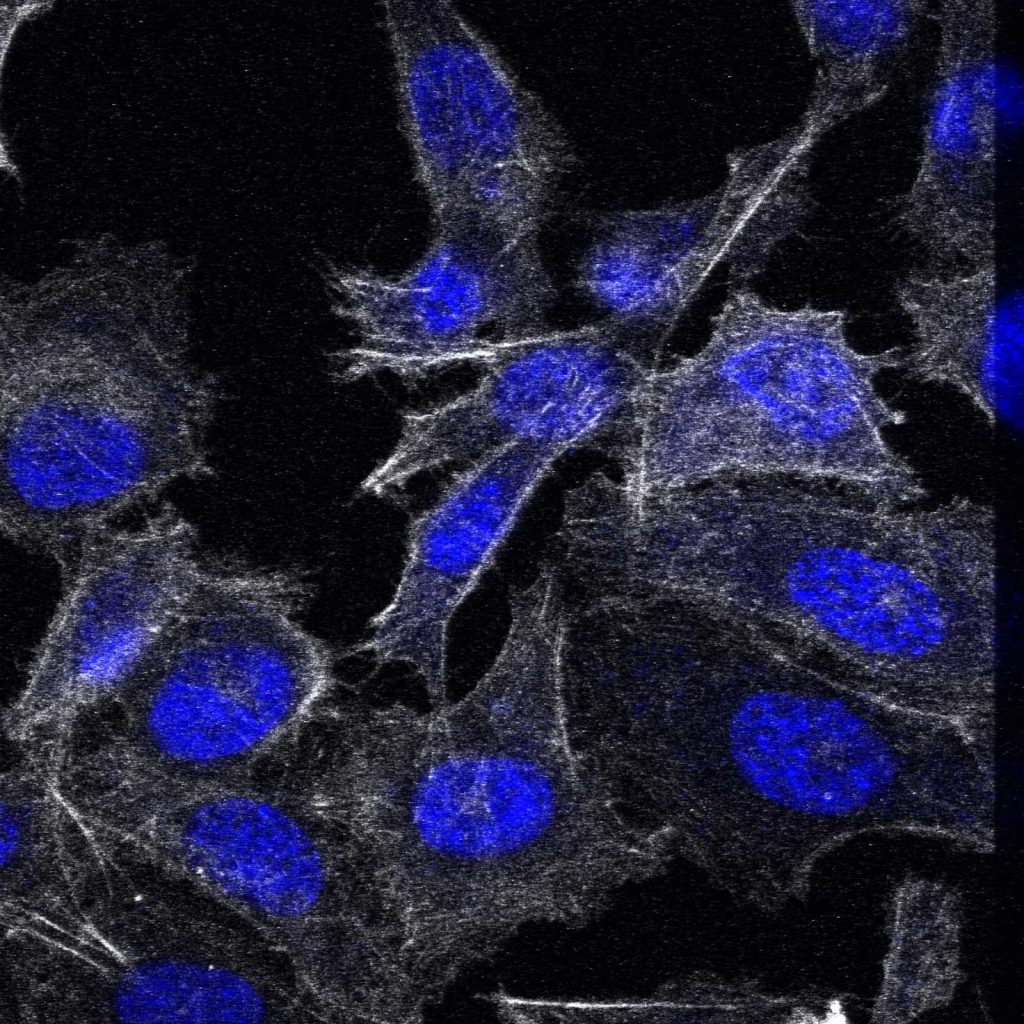Our immune system’s killer T cells earn their name. They destroy infected and cancerous cells, and now, research reveals new details about how they do it. The cells bombard their targets with protein “bombs” packed with deadly chemicals.
The study “is clearly a significant step forward in refining our knowledge” about how these immune sentinels take out dangerous cells, says immunologist David Masopust of the University of Minnesota Medical School.
One of a killer T cell’s most important weapons is perforin, a protein that punctures the outer membrane of the target cell. Enzymes called granzymes that the T cell also releases can then pour in and trigger the victim to commit suicide. Whether killer T cells just squirt out granzymes and perforin or rely on specialized structures to transport the lethal molecules to the target cell has not been clear.
To find out, immunologist Michael Dustin of the University of Oxford and colleagues tracked molecules spilled by attacking killer T cells. Their results, reported today in Science, suggest the cells package the molecules into containers the team calls supramolecular attack particles, or SMAPs. By analyzing the payloads of these bombs, the scientists discovered that SMAPs contain not just perforin and granzymes, but also more than 280 other kinds of proteins.
For a closer look at SMAPs’ structure, the researchers turned to a type of superresolution imaging known as direct stochastic optical reconstruction microscopy, which can pinpoint individual molecules. Cells release some types of small particles that are swaddled in lipids, but SMAPs sport a protein coat and harbor granzyme and perforin in their core. Instead of just leaking perforin and granzymes, killer T cells fashion a complex receptacle to deliver them, the researchers conclude….







